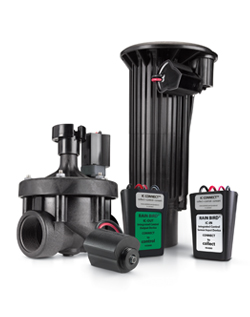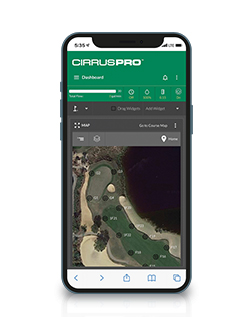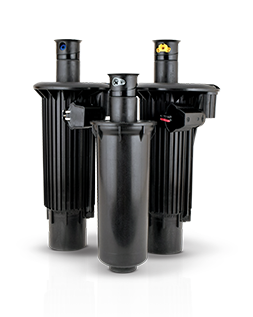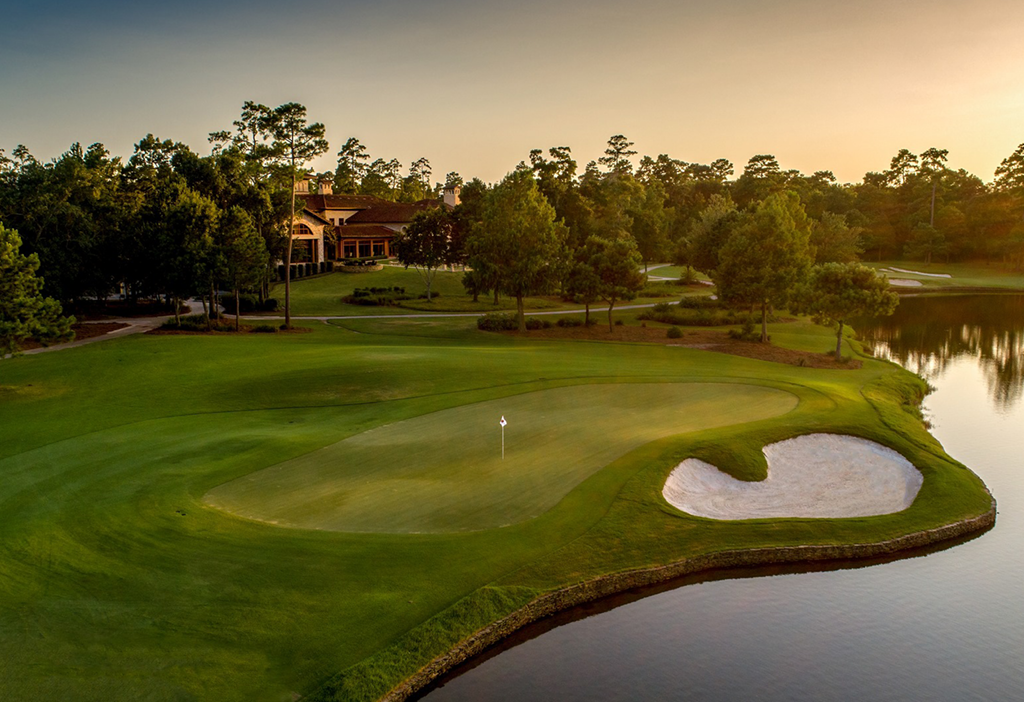Oakland Hills
Country Club
When Phil Cuffare first arrived to interview at Detroit’s legendary Oakland Hills Country Club in 2018, he toured the course with the club’s key leadership. As they stood by the big flagpole overlooking the famed South Course, he was asked what
he saw in front of him. “I see a U.S. Open,” Cuffare said.
Apparently, that was a good answer.
Introduction
Flash forward five years later and the now superintendent at Oakland Hills
has completed a Gil Hanse restoration of the South Course that has revived the Donald Ross-designed course’s reputation for major-level golf.
How did they do it? Here are the four critical steps the Oakland Hills team and their partners took that ultimately led them to a successful renovation.
Project Goals
- Reinstate the original course beauty with open-sight lines.
- Develop and install an irrigation infrastructure that easily integrates with other course systems.
- The ability to seamlessly upgrade technology in the future.
Auditing the old system
“We performed an audit and confirmed that we couldn’t make the existing system work,” Cuffare says. “Paul Roche with Golf Water told us we had to have a new system to host big events.”
Roche confirmed this assessment of the old system, noting that the heads would have been in the wrong location, the existing control system wasn’t robust enough, and the layout would have interfered with the restoration. “
The process we go through is a pre-bid meeting with potential vendors and contractors,” Roche explains. “We give them a complete list of materials to base their bids on. They each get 90 minutes to present about features and benefits and give us their bids. The goal was to give Phil and the club a clear understanding of the comparison between the bids. At the end of the day, they have a one-pager to look at to make a decision.”
Cuffare admits that his years of experience working with both systems left him pulling for a new Rain Bird system. “At the end of the day, I leaned toward Rain Bird because I think it’s easier for staff to work on and it’s more efficient. It’s very user-friendly.”
Getting an expert’s perspective
It’s beneficial for superintendents and contractors to get involved early on because they can collaborate on pre-project planning. “My role is to design the system and to work closely with Phil to ensure he gets the end product he’s looking for in terms of coverage and control,” Roche says.
Cuffare had a good understanding of different manufacturers’ systems and solutions at previous golf courses. Still, his need to operate and monitor PrescisionAire using his central control software was another reason to select Rain Bird.
The Rain Bird control system allows Cuffare and his team to micromanage water and create detailed programs on the fly. With IC input and output devices, they can turn on different functions of the PrecisionAire system. This allows them to instantly start up the cooling, heating, or moisture management systems.
They’re able to easily operate those functions remotely, and Cuffare also has the ability to pull in and analyze data to be able to make better decisions.
The ability for PrecisionAire to “fit” into the Rain Bird irrigation system was key. The interactivity between the two systems has made course management much easier. The team now gets confirmations about both systems — if they turn a motor on, for example, they know that it truly did come on. This was a compelling decision point in their minds.
Getting the install done right
The integration of PrecisionAire and the irrigation system was led by Leibold Irrigation, whose role was to develop the infrastructure for the power and cooling water lines for the units.
What were the key components of the Oakland Hills project? According to Chris Nelson, Leibold project superintendent, “We knew the goal here was to get it closer to the original Donal Ross Look. The idea was to open the sight lines with some tree removal to focus on the golf course rather than seeing controllers or boxes.” The good news was that the Rain Bird IC System™ doesn’t require satellites, which helped open up the course.
Nelson also says that being able to use some of the existing mainline helped from a practical and budgeting standpoint. “We tried to use as much as possible and then added on as we went. It’s roughly 2,000 sprinkler heads going wall to wall. Now they have increased coverage and better efficiency so they’re able to actually conserve water.”
Excellent coverage of greens was also a top priority. The team at Oakland Hills now has the ability to isolate sprinklers for in and out coverage around green complexes. So now, when they’re watering, the team can isolate a head pretty much anywhere on the course.
Keeping it all running smoothly
Cuffare loves the ability to easily manage the system from anywhere thanks to their CirrusPRO™ technology. “This is the easiest irrigation system I’ve ever managed. After a lightning strike, the system will instantly tell us if a module is off. It gives us very specific diagnoses.”
“I now have a system that can come on at 2:30 a.m. and deliver a tenth of an inch of water across the board before 5:30. It’s amazing how efficient this system is,” he adds.
When Cuffare talks with trusted colleagues and other superintendents about repairs, service, and ease of operation, they all recommend Rain Bird. He explains that from each of these perspectives, “The system is incredible. It’s mind-blowingly easy.”
Why was Rain Bird the right choice in this case?
“When all was said and done, I’m also a business guy, and I felt Rain Bird knew exactly where they were going for the future,” Cuffare says. “They’re so committed to the customer — we’re like family, and they don’t leave their family out to dry.” With the Rain Bird system, Cuffare can maintain the original course beauty while having the ability to seamlessly upgrade irrigation technology in the future to ensure the best playability. “Once you’re a Rain Bird customer, you’re always a Rain Bird customer because they constantly improve the system you already have. Plus, I really liked the fact they only do irrigation.”
Testimonial
“Once you’re a Rain Bird customer, you’re always a Rain Bird customer because they constantly improve the system you already have.”
-Phil Cuffare
Golf Course Superintendent
Oakland Hills Country Club

